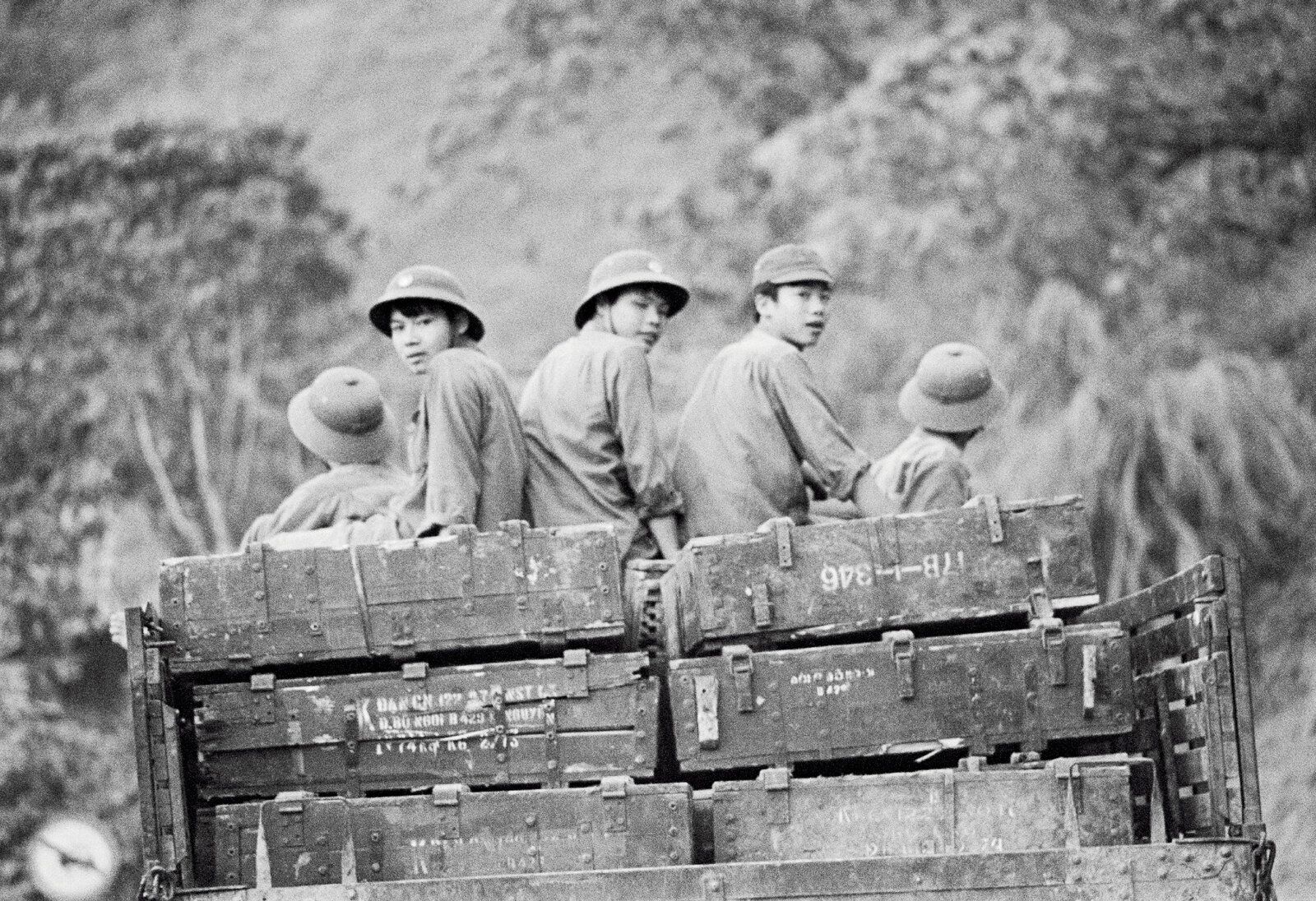Learning Democracy Abroad: How Overseas Education Transforms Việt Nam’s Younger Generations
Observed each year on December 18, International Migrants Day typically draws attention to labour migration and displacement. Yet one of

On this day in 1979, [1] hundreds of thousands of Chinese troops poured across Vietnam’s northern border, launching a bloody invasion of its ideological bedfellow. The conflict lasted nearly a month, from February 17 to March 1979.
While Chinese troops reportedly withdrew from Vietnam on March 18, major clashes and provocations by Chinese forces were documented in several of Vietnam’s border provinces for the following decades.
Despite the war had lasted for just a brief period of time, the consequences were devastating.
Although neither Beijing nor Hanoi have ever officially released the damage figures of the war, it has been estimated [2] that tens of thousands of casualties were recorded on both sides. Meanwhile, some thought that most of the Vietnamese people who died in the conflict were civilians, as the war was largely fought on Vietnamese soil.
The battleground of Vi Xuyen District in the northern Ha Giang Province was the most critical and violent front during the intermittent fighting between the two Communist countries from 1979 to 1989. According to a commemoration article [3] of the war from the state-owned VOV, more than 1,800 Vietnamese soldiers died on the Vi Xuyen battlefront.

The 1979 war is seen as Beijing’s retaliation against Hanoi as a result [4] of what China perceived to be a series of provoking actions and policies taken by Vietnam.
The mutual comradeship of the two Communist countries began to recede significantly in the mid-1970s. This was a consequence of Vietnam’s move to move closer to the Soviet Union and its full-scale attack to oust the Chinese-backed Khmer Rouge regime, which was followed by Vietnam’s occupation of Cambodia in 1978.
Moreover, according to a research paper titled “China’s Vietnam War and its Consequences” [5] written by Daniel Tretiak in The China Quarterly, Beijing’s original goals before the war were both military and political.
Tretiak suggested that China’s ambition to define and strengthen its influence in regional and international politics, as well as its perceived role in the global relationship between the Soviet Union and the United States, also played an important factor in its decision to wage war against Vietnam.
The 1979 Sino-Vietnamese border war has long been considered a taboo topic in Vietnam since the two sides normalized their diplomatic ties following the Chengdu Summit in 1990.
For almost two decades, Vietnam did not teach about the border war in its educational system, and the soldiers who died fighting with the Chinese did not get honored for sacrificing their lives for the country's independence and sovereignty. In 2011 and the following years, Vietnamese citizens who protested against China's aggression in the South China Sea were suppressed by their own government, Vietnam.
Some activists and scholars suspected that after the Soviet Union collapsed in 1991, China became the only powerful force for the Vietnamese Communist Party to rely on its path to build a socialist and communist government. Therefore, Vietnam wants to build a strong relationship with China, and forgetting the 1979 border war seems to be the best option.
But according to some observers, [6] state media have adopted a notably more relaxed attitude regarding the discussion of past clashes with China.
In recent years, Vietnam’s state-controlled news outlets have extensively written about the 1979 border war, as well as the Paracels Maritime Battle in 1974, another sensitive event involving military conflict between the two neighbors.
In 2016, President Truong Tan Sang became the first president that publicly commemorated the 1979 border war. In 2019 - the 40th commemoration - more books were published to describe the 1979 border war and a call to include it in Vietnam's history textbooks. The veterans of this war also raised their voices on behalf of the deceased soldiers that were being forgotten for too long.
Martin Grossheim, an associate professor of Vietnamese history at the Seoul National University, recalled [7] during his most recent visit to the Vietnamese Museum of Military History in 2019 that a more vivid depiction of the 1979 war and its martyrs were on display at the museum, a notable renovation since his last visit in 2015.
However, Grossheim said that the exhibition still consistently avoided using the term “China” as the aggressor or specifically identifying the adversary. At the same time, the conflict continues to be largely absent [8] from Vietnam’s history textbooks and the teaching curriculum.
References:
[1] NM, Q. (2017, January 23). The Bitter Legacy of the 1979 China-Vietnam War. The Diplomat. https://thediplomat.com/2017/02/the-bitter-legacy-of-the-1979-china-vietnam-war/
[2] Doan, X. L. (2017, January 23). Breaking a taboo, Hanoi recalls war with China. Asia Times. https://asiatimes.com/2017/02/breaking-taboo-vietnam-recalls-war-china/
[3] Hoa, T. (2021, July 12). Tháng Bảy ở Vị Xuyên. VOV. https://vov.vn/xa-hoi/thang-bay-o-vi-xuyen-873280.vov
[4] Ibid., [1]
[5] Tretiak, D. (1979). China’s Vietnam War and Its Consequences. The China Quarterly. https://www.jstor.org/stable/653041
[6] Doan, X. L. (2019, February 19). Vietnam opens up about past clashes with China. Asia Times. https://asiatimes.com/2019/02/vietnam-opens-up-about-past-clashes-with-china/
[7] Grossheim, M. (2021, September 7). How the Vietnamese Began to Remember a Forgotten War. Wilson Center. https://www.wilsoncenter.org/blog-post/how-vietnamese-began-remember-forgotten-war
[8] Vincent, T. (2022, February 9). Why Won’t Vietnam Teach the History of the Sino-Vietnamese War? The Diplomat. https://thediplomat.com/2022/02/why-wont-vietnam-teach-about-the-sino-vietnamese-war/
Vietnam's independent news and analyses, right in your inbox.